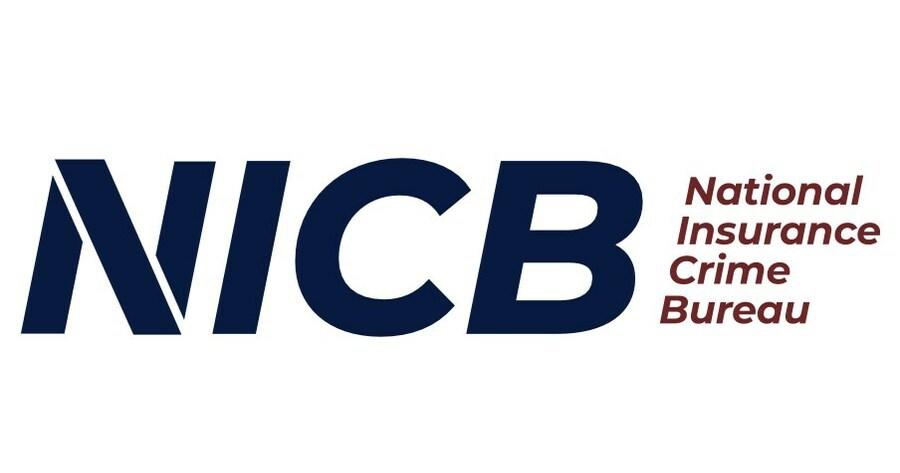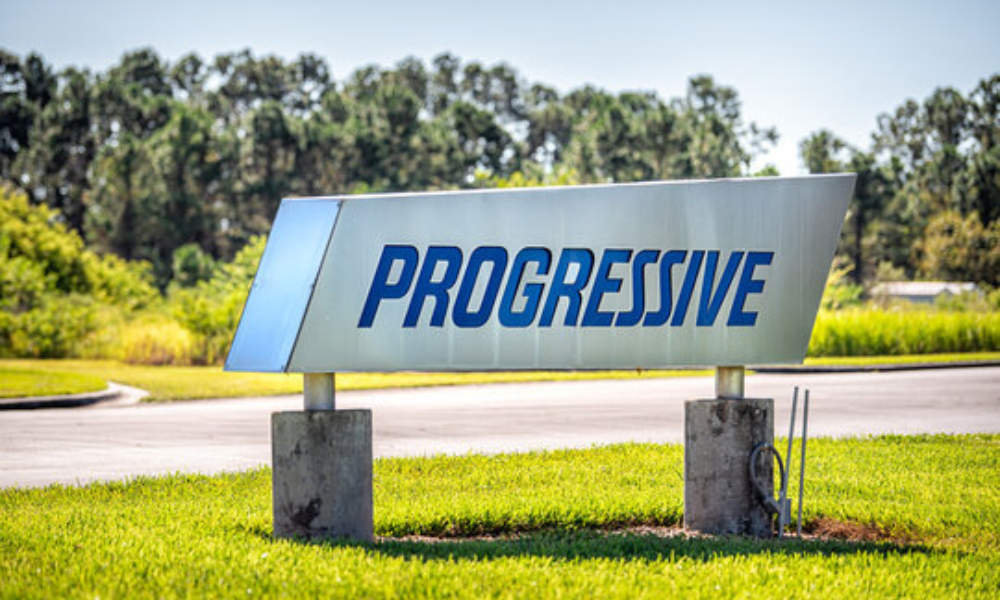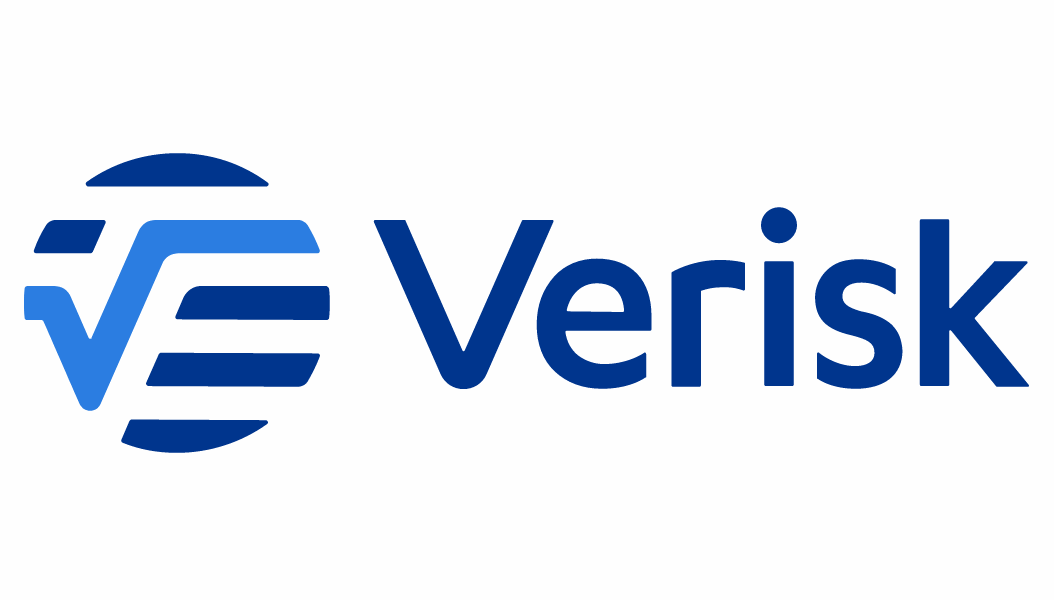News

Nationwide Decline in Vehicle Thefts Continues Through First Half of 2025
Vehicle thefts in the United States fell 23% during the first six months of 2025 compared to the same period in 2024, according to a new analysis of reported thefts from the National Insurance Crime Bureau (NICB), the nation's leading not-for-profit organization dedicated to preventing and combating insurance crime.
With 334,114 vehicle thefts reported in the first half of 2025, monthly totals of this type of crime remained consistently lower than in any month last year. These figures sustain a nationwide trend of significant declines in vehicle theft beginning in 2024.
After years of a pandemic-fueled surge in thefts peaked in 2023, stolen vehicle figures are now trending towards pre-pandemic levels. If current trends continue through the end of 2025, vehicle theft totals are set to decrease nationwide for the second consecutive year.
"The significant declines we are seeing in 2025 demonstrate the effectiveness of collaborative efforts by law enforcement, automakers, insurers, and the National Insurance Crime Bureau," said David J. Glawe, President and CEO of NICB. "While vehicle theft continues to impact communities across the country, NICB will continue fostering strong partnerships and the use of advanced data analytics to make meaningful progress in protecting consumers, holding criminals accountable and bringing peace of mind to American communities."
NICB plays a valuable role in coordinating with local, state, and federal law enforcement agencies across the United States to identify, deter, and prevent schemes undertaken by complex vehicle theft rings. Cooperation from federal and state law enforcement, legislators, fraud-fighting partners in the private sector and organizations like NICB play a significant factor in the drop in vehicle thefts each year.

Progressive eyes possible excess profit refund in Florida auto market
Progressive Corp. is watching closely for the possibility of having to issue an excess profit refund to its policyholders in Florida, where it is the state's largest personal automobile insurer.
Florida requires private passenger auto insurers to file annual profit reports with regulators by July 1. If a carrier's profits exceed statutory thresholds, it can be ordered to return the excess to policyholders.
According to a report from BestWire, a spokesperson for the Florida Office of Insurance Regulation (OIR) said such findings are occasional but not unprecedented. In June, California Casualty Insurance Co., which has since exited the state's home and auto market, was ordered to return $341,510 in excess profits earned between 2020 and 2022. Earlier, under a 2018-2022 consent order, Nationwide companies refunded or credited policyholders $11.7 million.
Progressive has been monitoring its own Florida results and has already developed an “internal estimate” of a potential refund, according to president and chief executive officer Tricia Griffith.

Accused insurance CEO killer has murder charges dismissed
A Manhattan judge on Tuesday dismissed the most serious charges against the man accused of killing UnitedHealthcare CEO Brian Thompson, tossing out two terrorism-related murder counts but leaving a raft of other allegations intact as the high-profile case moves forward.
Luigi Mangione, 27, appeared in a Manhattan courtroom for the first time in five months, wearing shackles and beige jail-issued clothing over a brown T-shirt. He remained silent during the brief proceeding, where Judge Gregory Carro ruled that prosecutors had failed to prove their most sweeping theory: that Thompson’s death amounted to an act of terrorism.
Carro said the evidence presented to a grand jury was “legally insufficient” to sustain terrorism charges, including first-degree murder.
“While the defendant was clearly expressing an animus toward UHC, and the health care industry generally, it does not follow that his goal was to ‘intimidate and coerce a civilian population,’” Carro wrote in his decision. “There was no evidence presented of such a goal.”
Commissioner Lara advocates for wildfire recovery, consumer protection, and health access bills, urging Governor's signature
Insurance Commissioner Ricardo Lara is urging Governor Gavin Newsom to sign several wildfire and health-related bills that have passed the Legislature and are now awaiting his approval. Sponsored by Commissioner Lara, these measures aim to enhance consumer protections by expanding wildfire resilience initiatives and improving access to health coverage statewide.
“These bills represent innovative steps to protect what matters most—our homes, health, and communities,” said Commissioner Lara. “They reflect our collective responsibility to help individuals, communities, and businesses recover from disasters on their own terms. Signing these bills will strengthen California’s leadership in protecting insurance consumers through the latest fire science and technology.”
Commissioner Lara's efforts continue a legacy of effective legislation and landmark regulations addressing the unprecedented insurance crisis intensified by climate change and years of inaction. Since taking office, the California Department of Insurance has conducted over 2,900 community outreach events across all 58 counties, engaging nearly 150,000 Californians—an unprecedented achievement.
These discussions, along with collaboration with lawmakers and consumers, have led to legislative reforms that enhance the Department’s capacity to protect consumers and foster a more resilient insurance market. Additionally, partnerships with lawmakers have secured budget allocations for further wildfire mitigation and catastrophe risk assessment initiatives in the California Budget Act of 2025. SEE BILLS
AI in Insurance

Verisk launches generative AI commercial underwriting assistant - Reinsurance News
Verisk, a strategic data analytics and technology partner to the global insurance industry, has launched its Commercial GenAI Underwriting Assistant, a new cloud-based solution designed to transform commercial property underwriting.
The tool aims to help insurers make faster, more informed decisions, enhancing profitability in an increasingly complex market.
This new solution leverages Verisk’s advanced data analytics and generative AI to automate a range of manual tasks that can usually hinder underwriters’ performance.
The Assistant can also summarize complex datasets via data ingestion and deliver real-time risk appetite insights to accelerate underwriting risk assessment.
Moreover, it integrates into existing policy administration and underwriting systems as an API-enabled solution, ensuring flexibility, scalability and security. And enhances decision-making via a “Human-in-the-Loop” approach by combining AI-driven insights with expert judgment, rather than replacing it.
Caccese, co-president of underwriting solutions at Verisk, said: “Automation is no longer a luxury for insurers—it’s a necessity. As strategic partners to our clients and leaders in modelling and rating support, we want to help insurers evolve their workflows in a future-proof and scalable way.
“Our new AI assistant offers the industry trustworthy, responsible innovation at scale that will support and augment the expertise of insurance professionals, while also increasing speed and efficiency.”

Why AI stalls in insurance: the cultural and operational hurdles
Many insurers are stuck in proof-of-concept mode when it comes to AI.
For an industry inundated with AI pilots, insurance remains conspicuously slow to bring artificial intelligence into full-scale production. According to Vikas Acharya (pictured), CEO and co-founder at ChainThat, a key reason AI projects stall lies in a mismatch between technological potential and organisational readiness.
"Proof-of-concept is often about proving the technology, not the value," said Acharya. "People get excited about what AI can do but forget to define what success looks like. Without clear KPIs and executive sponsorship, these projects tend to lose steam."
Cultural hesitation meets technical complexity
While early blockchain initiatives offer a historical parallel - many failed to transition beyond experimentation - AI faces its own unique barriers. Chief among them is culture.
"There's nervousness," Acharya said. "Some insurers ask, 'Should we lead, or should we follow?' That hesitation becomes a blocker."
AI pilots often focus on the wrong problems, he noted, or expend disproportionate effort on tasks that don't reflect the actual business challenge. "You're solving 20% of the problem with 80% of the effort. And often it's not even the right problem."
Security and data privacy add additional friction. "As insurers begin to sell AI-based products, liability concerns come into play. I've seen cases where cyber cover doesn't extend to AI-driven exposures. That creates a whole new risk landscape."
Underwriting pushback and legacy pain points
Resistance also arises at the operational level, particularly in underwriting. Acharya points out that AI is often perceived as a threat to professional judgment.
"Underwriters pride themselves on domain expertise," he said. "Turning that into a black box algorithm can feel like you're stripping away their role."
Predict & Prevent
ZestyAI Adds Mitigation-Aware Scoring to Storm Models | Insurance Innovation Reporter
ZestyAI (San Francisco) has introduced mitigation-aware scoring to its Severe Convective Storm risk suite, allowing insurers to adjust property-level risk assessments when mitigation measures are verified.
The company says the enhancement enables carriers to account for roof upgrades, structural improvements, or corrected property data in real time. It also allows insurers to simulate the impact of future changes, helping agents and policyholders understand the value of mitigation before work is completed.
“Models should be powerful, but also flexible and responsive to real-world improvements,” says Kumar Dhuvur, co-founder and chief product officer, ZestyAI. “By giving carriers the ability to incorporate mitigation and field data into model outputs, we’re supporting transparent, action-oriented risk management that benefits both insurers and homeowners.”
Incorporated into Wildfire Models
The functionality is already in use in ZestyAI’s wildfire models, including Z-FIRE and Compliance Pre-Fill, where it supports regulatory filings and accounts for actions such as creating defensible space or installing Class A roofs. The vendor asserts that extending mitigation-aware scoring to severe convective storm models ensures a consistent approach across multiple perils.
ZestyAI says the enhancement supports product design, underwriting, inspection workflows, and rating accuracy. Its Z-HAIL, Z-WIND, and Z-STORM models use claims data and property-specific features such as roof geometry, condition, and vegetation to deliver more granular insights than territory-based models.
Financial Results
Editor’s Question: How Much Did U.S. P/C Industry Premiums Grow in 2025?
Analysts agree that first-half 2025 underwriting income for the U.S. property/casualty insurance industry more than tripled compared to first-half 2024, translating to a combined ratio of 96.4.
But how much did net written premiums grow during the first six months over the comparable period last year?
The answer isn’t as clear.
In early September, Verisk and The American Property Casualty Insurance Association teamed up to deliver their report on first-half 2025 financial results, showing that net written premiums grew 1.9 percent to $472.7 billion.
More recently, Fitch Ratings and AM Best offered their tallies. According to Fitch, net written premiums rose 5.3 percent to $486.4 billion. And AM Best says the first-half total was $475.8 billion, representing a jump of 6.0 percent.

Auto insurance ‘rebound’ could carry through 2025 as decade-high net profit reached
AM Best says U.S. personal auto insurers saw the segment’s first-half 2025 direct loss ratio fall again from the same two previous six-month periods, indicating that the significant rebound experienced in 2024 may carry over through 2025.
The segment’s net underwriting income of nearly $14 billion in 2024 followed three years of underwriting losses, including a $17 billion loss in 2023, while personal auto liability and auto physical damage turned a net profit in 2024.
Unlike the last few years, in which auto liability proved to be the more profitable line, auto physical damage in 2024 achieved a significantly lower combined ratio (87.9 compared with 101.2 in 2023) and higher net profits, according to the report.
Progressive reports 30% jump in net income for august
Progressive Corporation (NYSE: PGR) reported net income of $1.22 billion for August 2025, representing a 30% increase from $935 million in the same month last year, according to the company's monthly results released September 17.
Net income per share available to common shareholders rose to $2.07 from $1.59 in August 2024, also reflecting a 30% increase. The insurer's net premiums written grew 11% to $7.20 billion compared to $6.51 billion in August 2024.
Net premiums earned increased 18% to $7.04 billion from $5.97 billion in the prior year period. The company's combined ratio improved to 83.1 from 85.5 in August 2024, a decrease of 2.4 percentage points.
Progressive's total policies in force reached 37.89 million as of August 31, 2025, up 13% from 33.41 million a year earlier. Personal lines policies increased 14% to 36.69 million, while commercial lines policies grew 6% to 1.20 million.
Within personal lines, direct auto policies rose 18% to 15.52 million, agency auto policies increased 14% to 10.58 million, and special lines policies grew 8% to 6.96 million. Property policies reached 3.64 million, up 6% from the previous year.
The company reported pretax net realized gains on securities of $78 million, down 25% from $104 million in August 2024.
Announcements
Reserv Raises Additional $16M From New Strategic Partners, Bringing Total Series B to $41M
[Ed. Note: Kudos to CJ Przybyl (co-founder of Snapsheet Inc) as he attracts more capital from leading investors to disrupt the Claims TPA model and marketplace with Reserv]
Reserv, Inc., a tech-enabled third-party administrator (TPA), announced today that its oversubscribed series B round has been extended to accommodate demand, with an additional $16M raised – bringing the total Series B round to $41M.
Reserv’s substantial growth in the last six months, coupled with its strong alignment with several new strategic investors and substantial new customer demand for Reserv products, was a key driver of investor momentum.
The additional funding was led by QBE Ventures and included additional new strategic partners and pro-rata participation from existing investors such as Bain Capital Ventures, Flourish Ventures, and more. The strategic capital injection will be used to accelerate Reserv’s roadmap for AI orchestration at scale, to define a new standard for intelligent claims operations and management.
With ARR already eclipsing $75M, over 500 global employees, and the rapid adoption of modern coding development tools, Reserv is uniquely placed to provide claim solutions to carriers of any size.
People
I-CAR Names John Eck Vice President of Business Development - CollisionWeek
The Inter-Industry Conference on Auto Collision Repair (I-CAR), has appointed John Eck as vice president of business development, effective Sept. 15.
The nonprofit education organization said Eck will oversee business development strategy across six industry segments: collision repairers, insurance companies, vehicle manufacturers, suppliers, service providers and schools.
“The appointment of John Eck in this role highlights I-CAR’s ongoing priority to ensure the industry we serve realizes the full benefit of the resources and services we offer,” said Kyle Thompson, I-CAR CEO and president.
“I-CAR’s vision – that every person in the collision repair industry has the information, knowledge and skills required to perform complete, safe and quality repairs – is at the forefront of every decision we make.”
Eck joins I-CAR from General Motors, where he most recently served as head of product for collision assistance. At GM, he led creation of the GM Collision Repair Network and worked on digital solutions for post-collision customer service.
